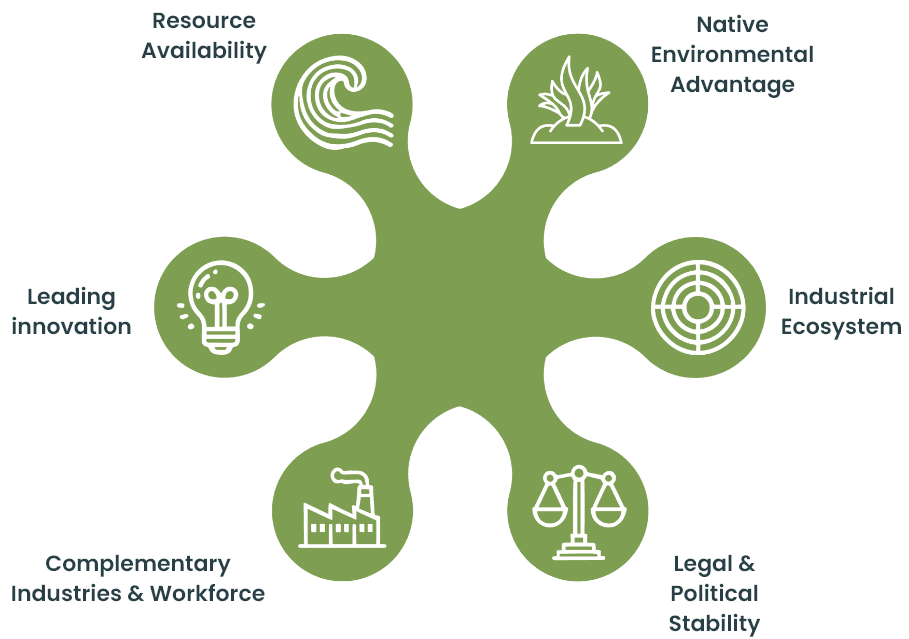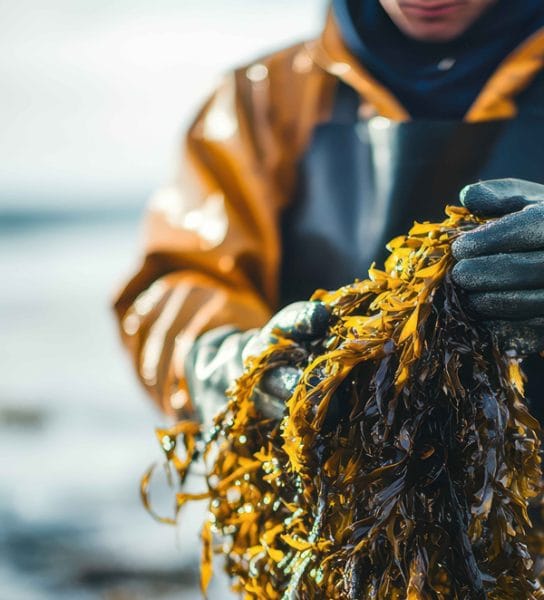Whether you’re looking for regulations, application forms, or the right contacts, this portal is your starting point to understanding what’s required and how to access the right information quickly and easily.
The rules and regulations for seaweed production vary by state and territory. You can search by location to access information specific to the place where you are interested in information and opportunities.
Australia’s seaweed industry is steadily developing, leveraging its rich marine biodiversity, ongoing research efforts, and dedication to sustainable practices. As global demand for seaweed-derived products continues to grow, Australia is well placed to become a key contributor to this emerging sector.
JO KELLY, CHAIR OF AUSTRALIAN SUSTAINABLE SEAWEED ALLIANCE

All States and Territories shown have to some degree the following regarding marine-based seaweed aquaculture:
This information is from the Australian Seaweed Industry Sector Development & Economic Impact Report published by Deloitte Australia, 2025.
The report emphasises the significant role of governance in shaping Australia’s seaweed aquaculture industry. It reviews the policies and regulations across Australian states, highlighting challenges such as inconsistent frameworks, regulatory complexity, and gaps in knowledge about native seaweed species. Recommendations focus on creating a unified national strategy, identifying aquaculture zones, simplifying research trial approvals, and establishing a national hatchery network. The overarching goal is to ensure sustainable growth while supporting Australia’s environmental and economic objectives
The report explores the financial requirements to scale up Asparagopsis production to meet the Australian feedlot industry’s demand for methane reduction. Asparagopsis, a red seaweed, reduces methane emissions in cattle by up to 98% when included in feed, making it pivotal for achieving Australia’s Carbon Neutral 2030 target. However, commercial production is still in its infancy, with estimated capital needs ranging from $132 million to $1,062 million depending on adoption and production scale. The report underscores challenges like yield variability, infrastructure costs, and market competition.
